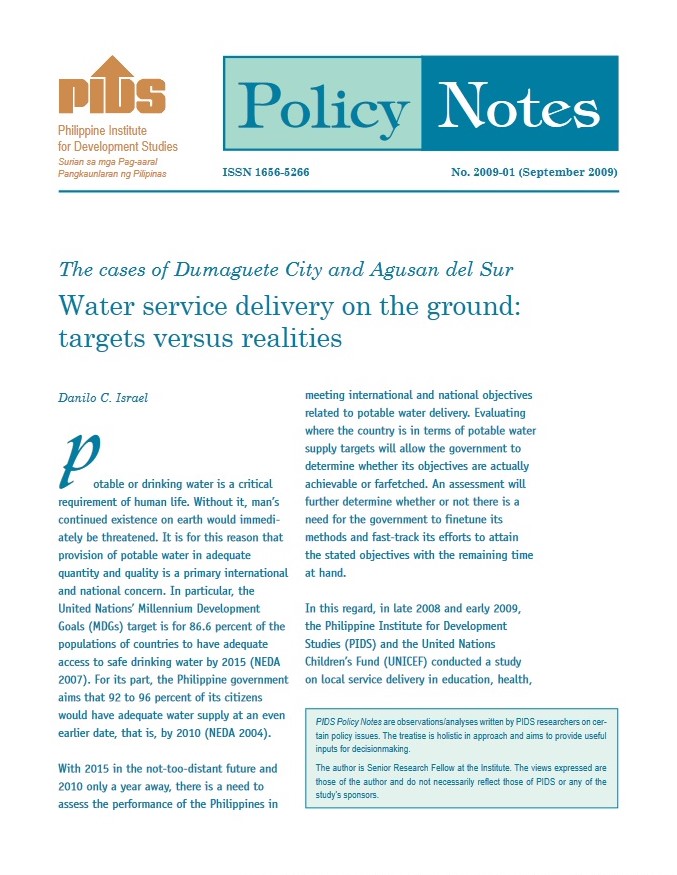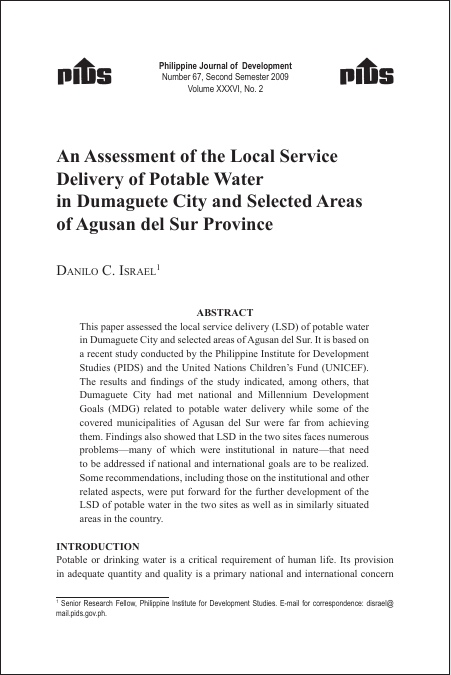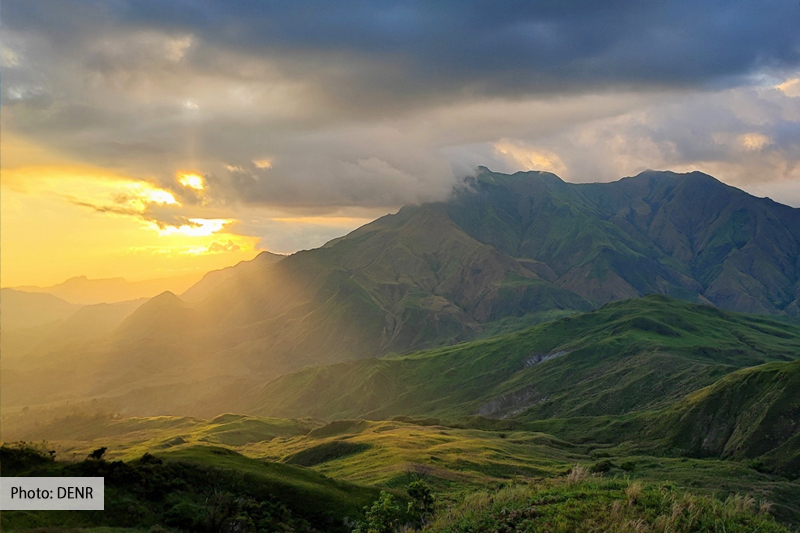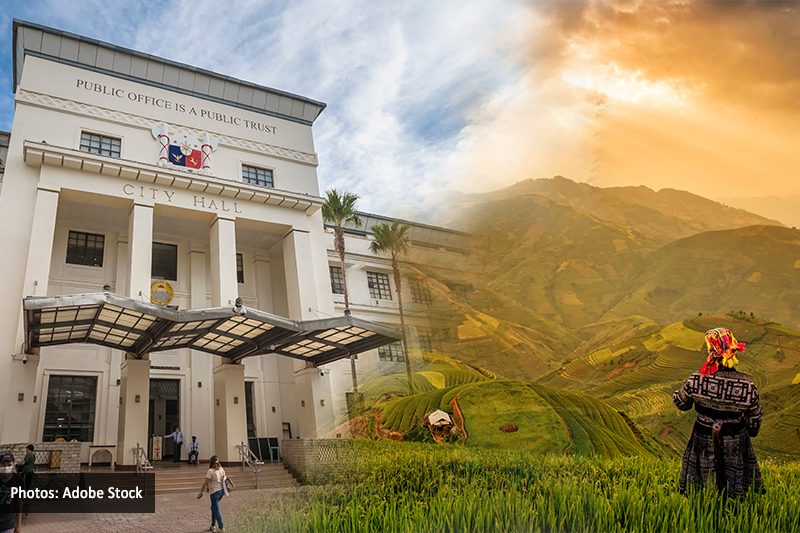IT TOOK the Maritime Industry Authority (Marina) nearly four years to hear the petition to prevent the Philippine Span Asia Carrier Corp. (PSACC) from transporting passengers.
By the time Marina decided last Jan. 23, 2015, nearly seven years had passed since the accident that provoked the petition: the sinking off Romblon, at the height of a typhoon, of the MV Princess of the Stars. More than 800 persons died in that accident.
The Marina itself pointed out that before it could prohibit PSACC from transporting passengers, the company had decided to convert its operations to cargo-only. This was supposed to be part of a reinvention that included changing the company’s name from Sulpicio Lines to PSACC. From 11 passenger-carrying ships in 2008, the company cut its passenger operations to only two vessels, the Princess of the Earth and Princess of the South, as of 2013.
So, the Marina ruled that the prohibition would apply to "other ships that may be added to its (PSACC’s) fleet.” It also urged the amendment of Memorandum Circular 120, issued in 1997, and admitted that an additional penalty it imposed on PSACC was "not commensurate to the injury caused.” The penalty in question was P800, for the company’s failure to secure a special permit to carry hazardous cargo, a 40-foot container of pesticides.
More than 5,700 persons died in four accidents involving Sulpicio vessels between December 1987 and June 2008, including the Doña Paz tragedy.
To be fair, some of the conditions that led to these maritime disasters were not entirely within anyone’s control. Myrna S. Austria, in a 2003 paper for the Philippine Institute for Development Studies, pointed out that shipping companies have long struggled with low profitability in passenger services. For one, passenger rates could not be adjusted to reflect inflation.
Low profitability "resulted to both the tendency to overload and provide very low service standards,” Austria wrote. (Her paper, "Philippine Domestic Shipping Transport Industry: State of Competition and Market Structure”, offers plenty of insights on the sector.)
Industry reforms have been ongoing since 1989. The challenge now for Marina and all stakeholders is to find that balance between regulating the industry and enabling more competition (including foreign competition), so that both passengers and cargo are ferried safely across these islands.
Related Posts
Publications
Press Releases
Video Highlights
[No related items]
Infographics
[No related items]





